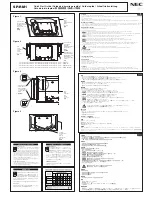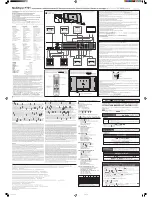
58 Alarms, displays, and views during monitoring
Heart rate / min
Age group
Sleep
Rest
Stress (e.g. fever)
Newborns 80–160
100–180 max
220
1 week to 3 months
80–200
100–220
max 220
3 months to 2 years
70–120
80–150
max 200
2 to 10 years
60–90
70–110
max 200
10 years and older
50–90
55–90
max 200
7.3
Alarm message priorities in the status line
Fig. 30 Status line on the VitaGuard® display
Physiological alarms have high priority. The text messages of
physiological alarms end with three exclamation marks.
Technical alarms have medium priority. The text messages of
technical alarms end with two exclamation marks.
7.4
Physiological and technical alarms
VitaGuard® generates two types of alarms: physiological and techni-
cal alarms.
A
physiological alarm
is generated when VitaGuard® detects
values that violate one or more of the set alarm limits for longer
than the set period.
There are simple alarm limits, e.g. the
Lower limit
for the
Heart rate
,
and there are alarm limits based on the interaction of several monitor
settings, e.g. the deviation alarms.
A
technical alarm
is generated when monitoring is no longer
reliable, e.g. when electrodes have become loose.
!!!
!!
Summary of Contents for VitaGuard VG2100
Page 1: ...VitaGuard VG2100 Apnea and Heart Rate Monitor Operating instructions...
Page 2: ......
Page 4: ......
Page 10: ...Table of contents...
Page 111: ...Evaluating stored data on a PC 111 Fig 72 VitaWin register Events in graph form...
Page 122: ...122 Table of figures...
Page 123: ......
















































